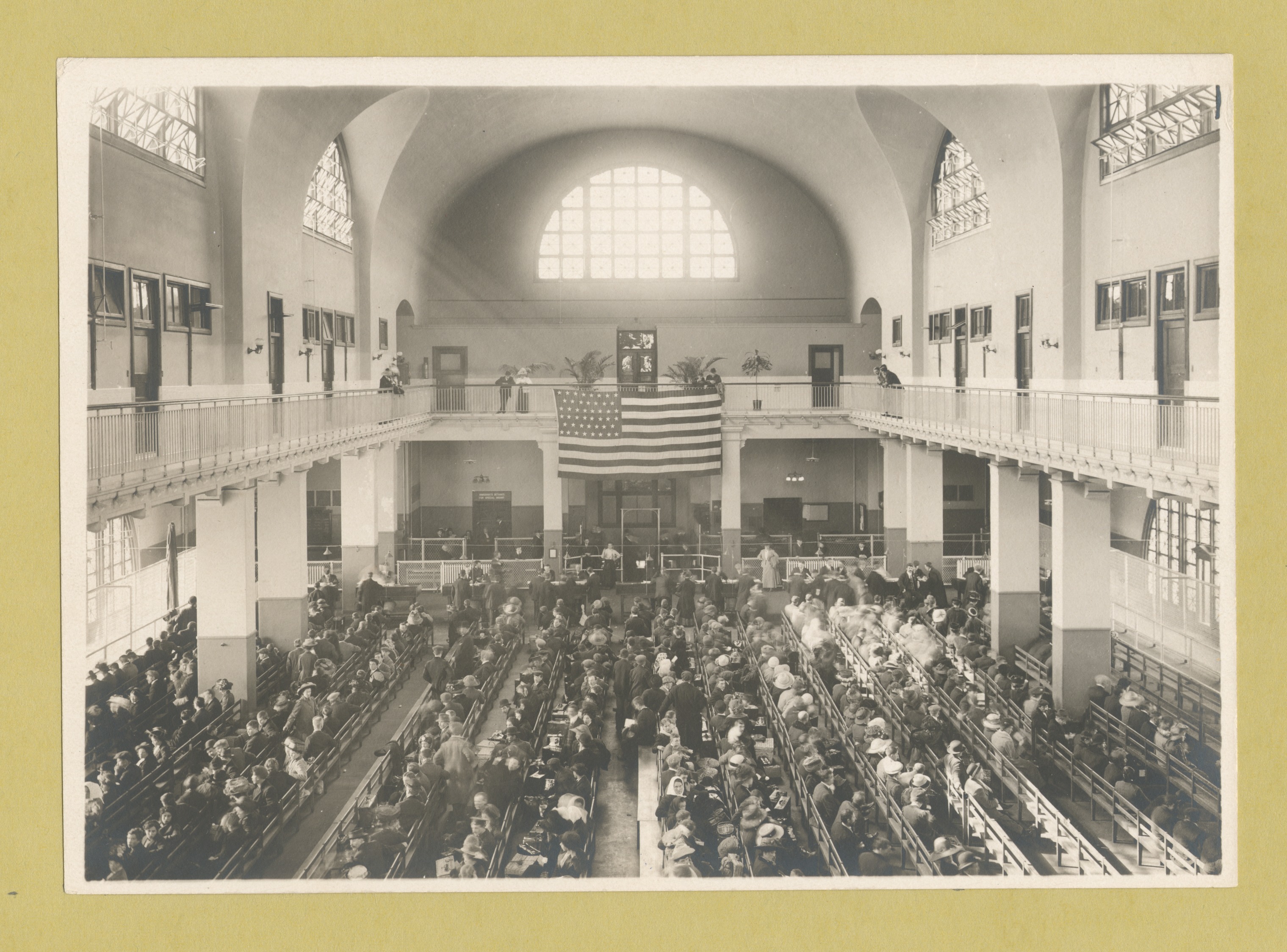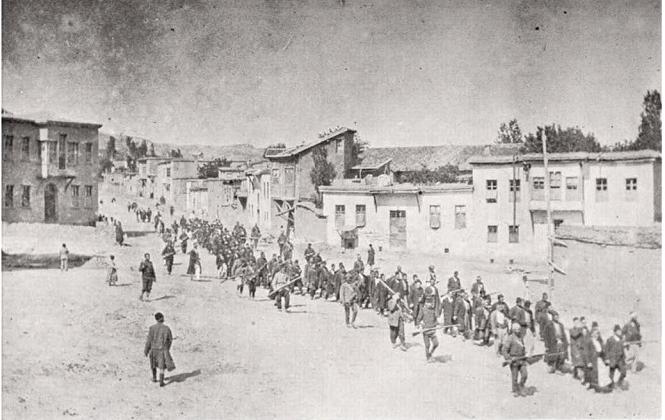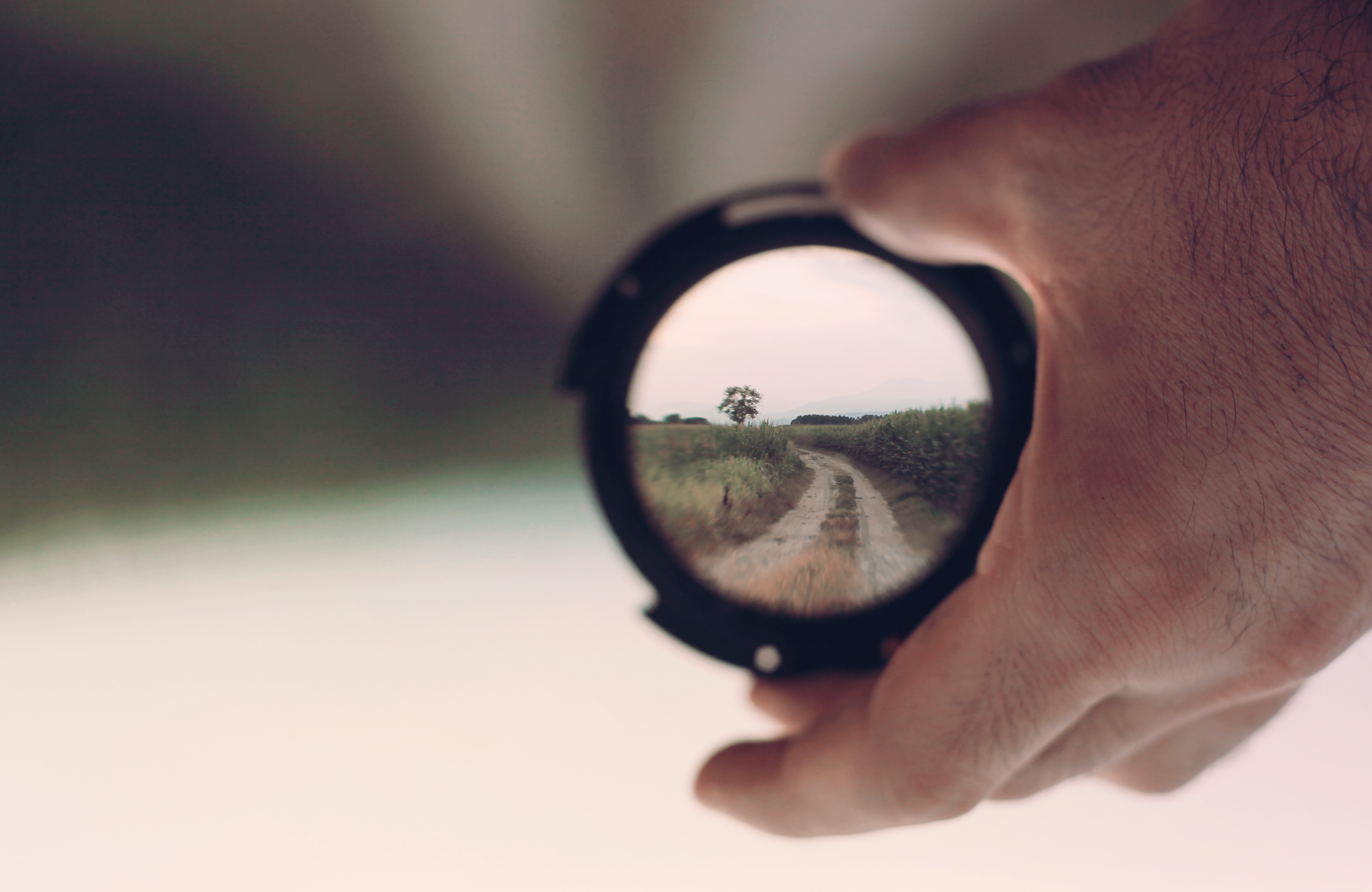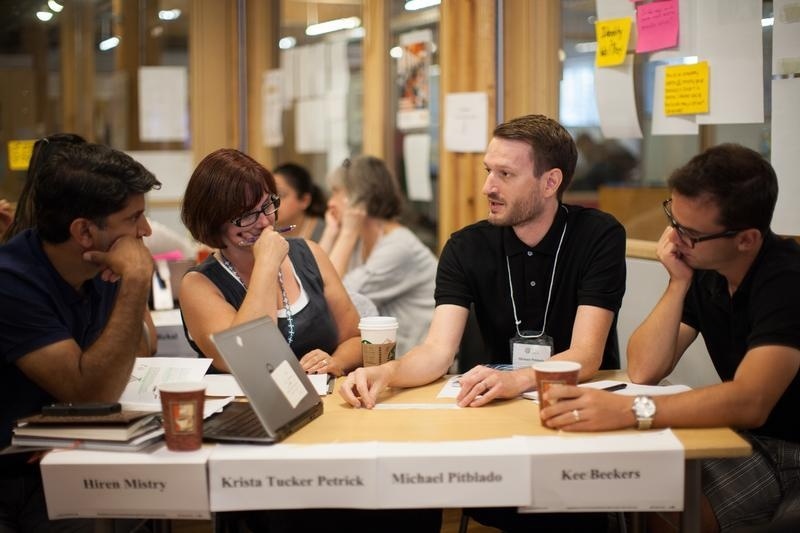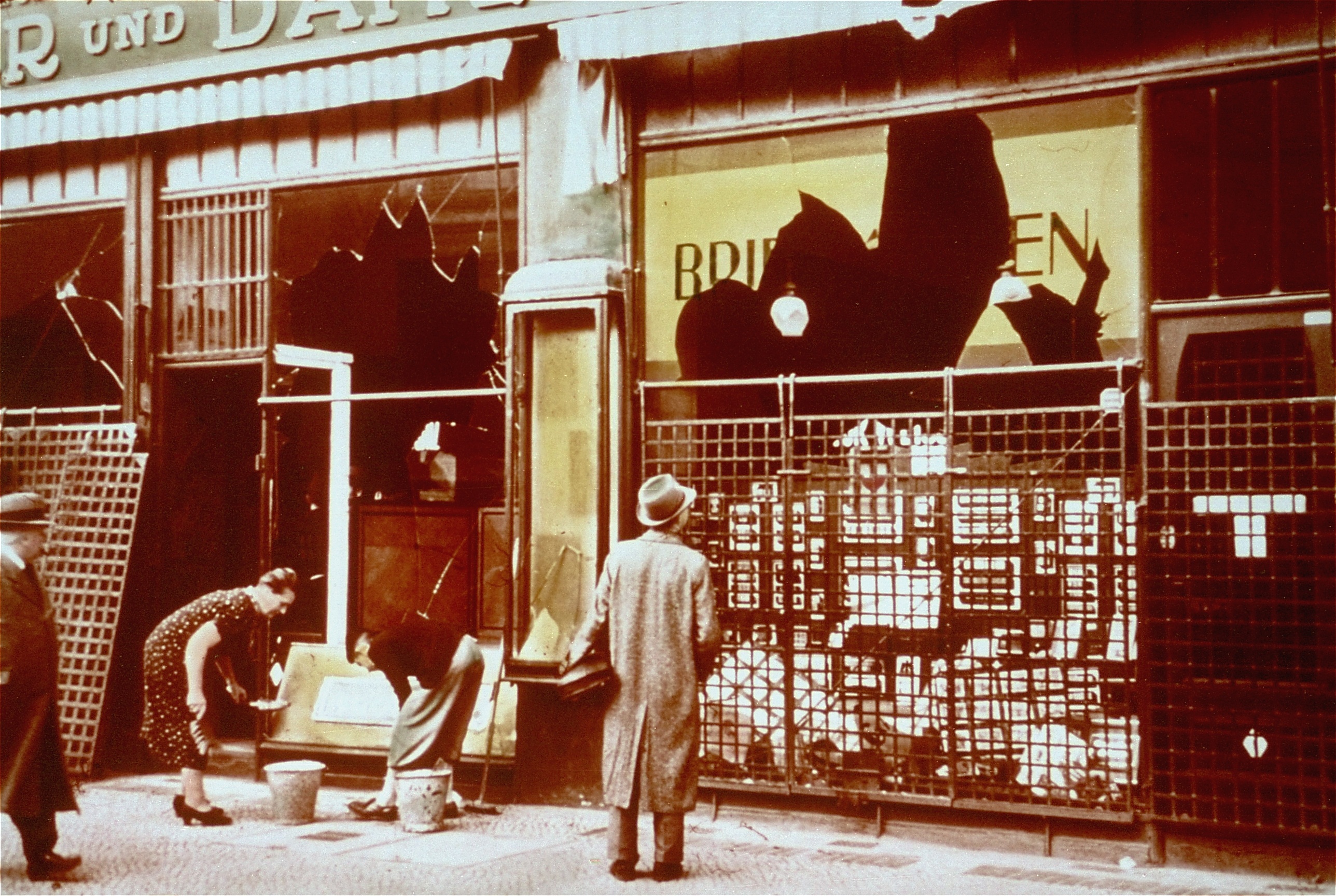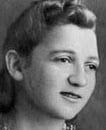Every family in the United States originated from somewhere else. From Native Americans who migrated across a land bridge to North America to immigrants who sailed aboard a steamship to Ellis Island, many chose to come to America. Hundreds of thousands of others were brought here against their will aboard slave ships.
Images are an important entry to stories of genocides and mass violence. They provide evidence and context but they can also shock us, jolting us into the immense amount of human suffering that occurred. This is why we must be careful when we prepare lessons for students that touch on such graphic and often difficult-to-absorb topics.
Topics: Armenian Genocide, Photography, Genocide/Collective Violence, Holocaust and Human Behavior, genocide
I’ve spent the last 10 years teaching at Algonquin Regional High School—a large, suburban school about 35 miles outside of Boston—and I serve as the social studies department chair as well. But years ago, when I’d just finished student teaching, I wasn’t sure I was on the right path. I was struggling to find a foundation that would guide my teaching and looking for something to confirm I was headed in the right direction.
Topics: Professional Development, Teaching Strategies, Holocaust and Human Behavior, Summer Seminar, Lesson Plan
So often my best teaching comes when I don’t give any information. A well-crafted question can provide far more information than the best slideshow presentation in the world. This is something that drew me to Facing History and Ourselves one fateful summer three and a half years ago when I went to a Holocaust and Human Behavior seminar. I liked that the session I attended often raised more questions than it answered and challenged me to complicate my thinking. When offered an opportunity to join the Facing History Leadership Academy, a group of educational leaders who have an in-depth understanding of the organization’s teaching framework and resources, I jumped at the chance. I was excited to expand my ability to question.
Topics: Professional Development, Teaching, Teachers, Holocaust and Human Behavior, workshop
Reflecting on Kristallnacht 78 Years Later
Posted by Facing History and Ourselves on November 11, 2016
November 9 marked the 78th anniversary of a series of violent attacks against Jews spread across Germany, Austria, and Czechoslovakia. Known as Kristallnacht, or “the night of broken glass,” it was the most open and violent attack on Jews by the Nazi regime up until that time. The aftermath was devastating: between 1,500 and 3,000 Jews were killed; 30,000 were sent to concentration camps; over 7,000 Jewish businesses were destroyed; and synagogues across Germany were burned down.
Topics: Memory, Holocaust, Holocaust and Human Behavior, reflection
In the final part of our three-part series, "My Life as a Jewish Partisan," Sonia Orbuch shares what it was like to fight against the Nazis, including the dangers they faced, the loss of loved ones, and the need to preserve Jewish culture in hiding. Take a look back at part one for the beginning of Sonia’s story and part two to learn about what life was like in the forest. Her story shines a light on Jewish resistance, which offers a contrast to the narrative that Jews were helpless victims during the Holocaust. Students from AJ Elementary School in East Prairie, Missouri submitted their questions to Sonia. Read her answers to glimpse into her life as a resistance fighter.
Check out Sonia’s full story in her memoir, Here, There Are No Sarahs, and watch her video testimony on Jewish Partisan Educational Foundation’s website.
Topics: Holocaust, Survivor Testimony, Holocaust and Human Behavior, Holocaust Education, Jewish Educational Partisan Foundation
In part two of our three-part series, "My Life as a Jewish Partisan," we dive deeper into what daily life was like as a Jewish partisan living in the forest during the Holocaust. We recently shared the beginning of Sonia Orbuch’s partisan story, which starts in 1942 in the forests of Poland. She shines a light on Jewish resistance, which offers a contrast to the narrative that Jews were helpless victims during the Holocaust. Students from AJ Elementary School in East Prairie, Missouri submitted their questions to Sonia. Read her answers to glimpse into her life as a resistance fighter.
Check out Sonia’s full story in her memoir, Here, There Are No Sarahs, and watch her video testimony on Jewish Partisan Educational Foundation’s website.
Topics: Holocaust, Survivor Testimony, Holocaust and Human Behavior, Holocaust Education, Jewish Educational Partisan Foundation
Sonia Orbuch, a Jewish partisan during World War II, recently took the time to answer questions submitted to her by students from AJ Elementary School in East Prairie, Missouri. Her story shines a light on Jewish resistance, which offers a contrast to the narrative that Jews were helpless victims during the Holocaust. Partisans were members of an organized body of fighters that formed to protect themselves from the brutality of the Nazi regime. Approximately 20,000 to 30,000 Jews escaped from Nazi ghettos and camps to form or join organized resistance groups.
Read her answers to these children’s questions in this three-part series to learn about how she joined the partisans, what life was like in the forest, and the dangers she faced resisting the Nazis.
Topics: Holocaust, Survivor Testimony, Holocaust and Human Behavior, Holocaust Education, Jewish Educational Partisan Foundation
A Facing History classroom is about more than just history. That's why Amy McLaughlin-Hatch asked her students at Southeastern Regional Vocational Technical High School in South Easton, Massachusetts to describe Facing History and give advice to their peers taking the course next year. We're featuring two of these student voices in a two-part series to show just how transformative this experience can be. Amy was a recipient of a 2015 Margot Stern Strom Innovation Grant. You can read more about her MSS Grant project here.
Topics: Classrooms, History, Holocaust and Human Behavior, Bystander, Upstander
A Facing History classroom is about more than just history. That's why Amy McLaughlin-Hatch asked her students at Southeastern Regional Vocational Technical High School in South Easton, Massachusetts to describe Facing History and give advice to their peers taking the course next year. We're featuring two of these student voices in a two-part series to show just how transformative this experience can be. Amy was a recipient of a 2015 Margot Stern Strom Innovation Grant. You can read more about her MSS Grant project here.
Topics: Classrooms, History, Holocaust and Human Behavior, Bystander, Upstander

